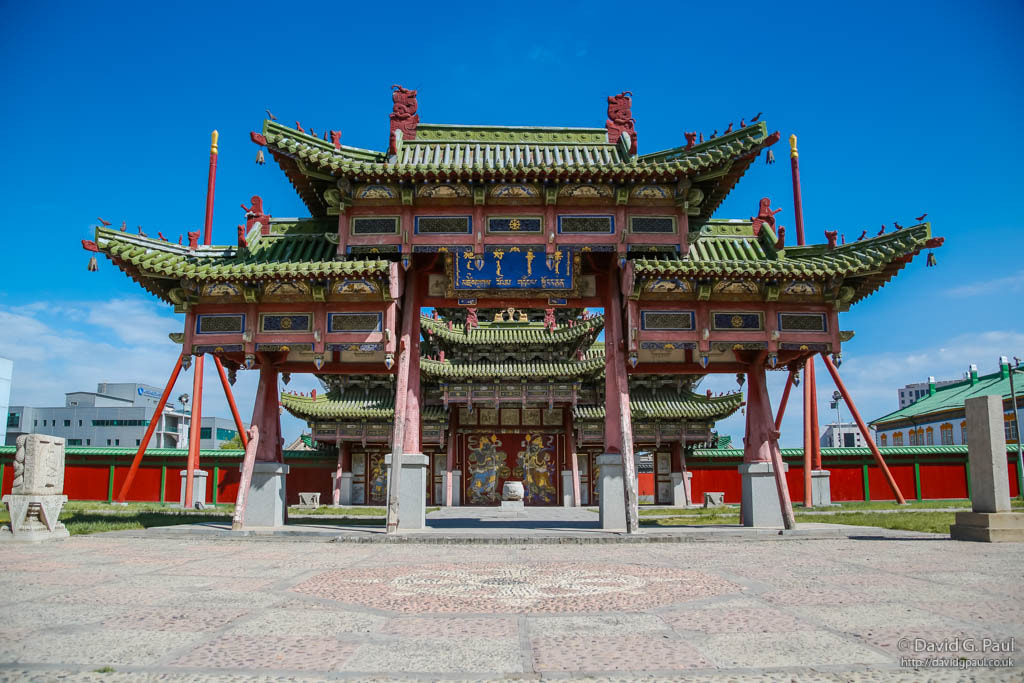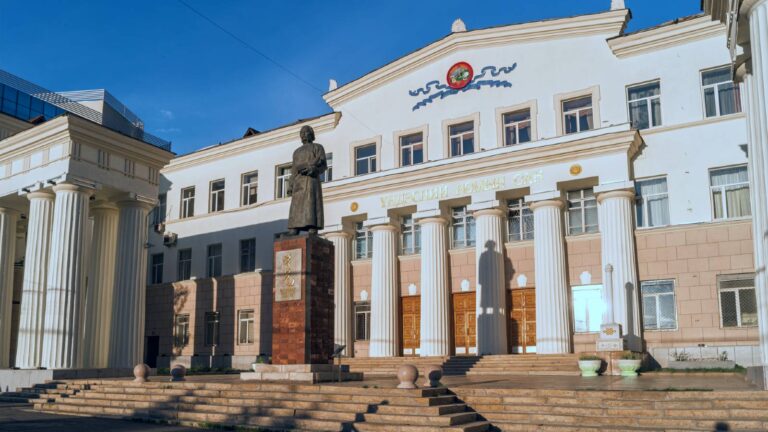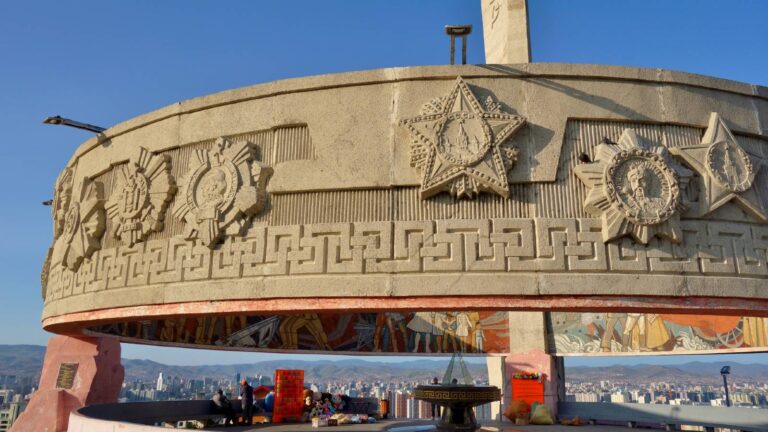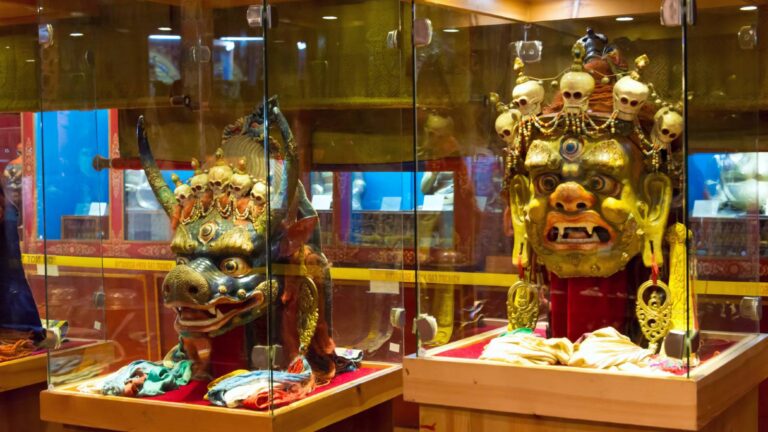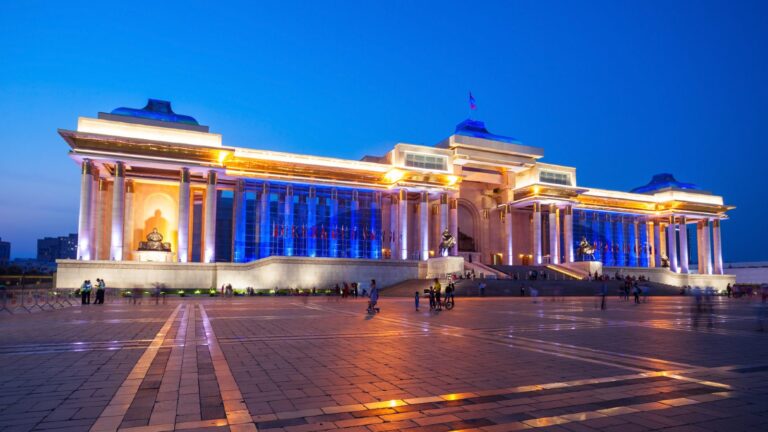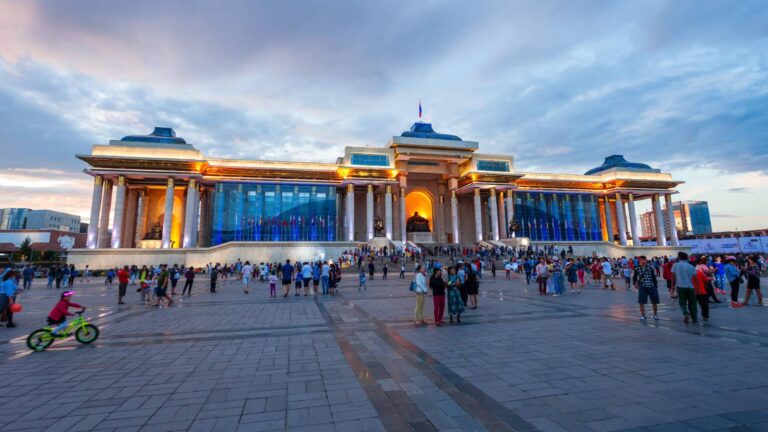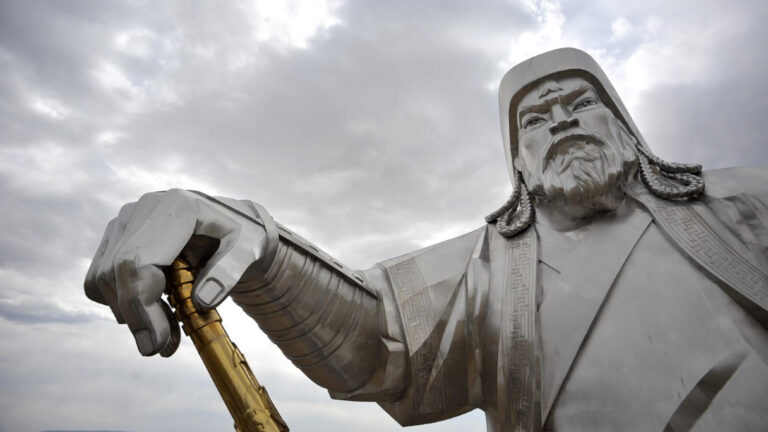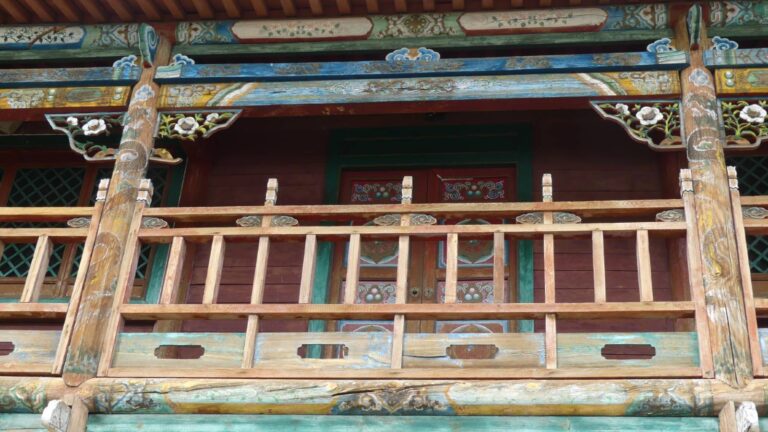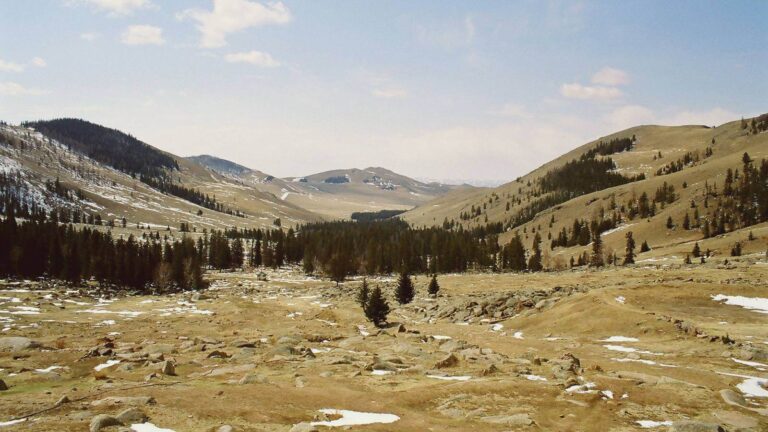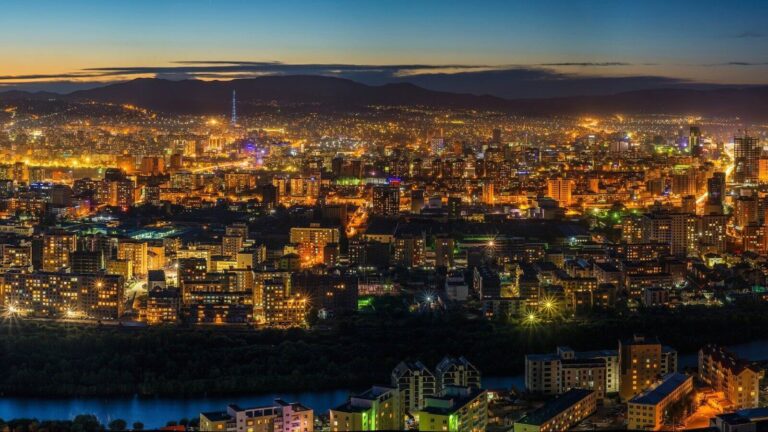Getting There
The Winter Palace is a few kilometres south of Chinggis Khaan Square, from where you can take a taxi or local bus.
What to Expect
In addition to its elegant temples scattered across the complex is the more westernised building of the Winter Palace that displays Bogdo Khan’s throne and bedroom among an eclectic collection of his possessions.
These include his ornate ger lined with the skins of 150 leopards, a pair of golden boots given to him by a Russian tsar, and also the jewelled regalia worn by the Bogdo Khan’s pet elephant that made up part of his personal zoo. Among the collection is also Mongolia’s Declaration of Independence, which was signed in 1911 to end their rule under China.
History
The spiritual leader and theocratic ruler of Mongolia lived close to the Tuul River in the Winter Palace, built between 1893 and 1903. The palace complex consists of seven temples, grouped symmetrically around two courtyards, with exterior painted finishes in bright red, green, blue, white, and gold colours.
Designed according to Russian and European traditions, the palace was completed in 1905, and a new ceremonial gate was added during the Bogdo Khan’s rule to celebrate Mongolian independence.
After the death of the Bogdo Khan in 1924, the Winter Palace was turned into a museum. The complex thus survived the systematic destruction of temples and monasteries that took place in the late 1930s, under the rule of the Mongolian People’s Revolutionary Party, which was hostile towards religion.
Subsequent inadequate maintenance contributed to the deterioration of timber buildings of the museum complex.
Facilities Available
No facilities

